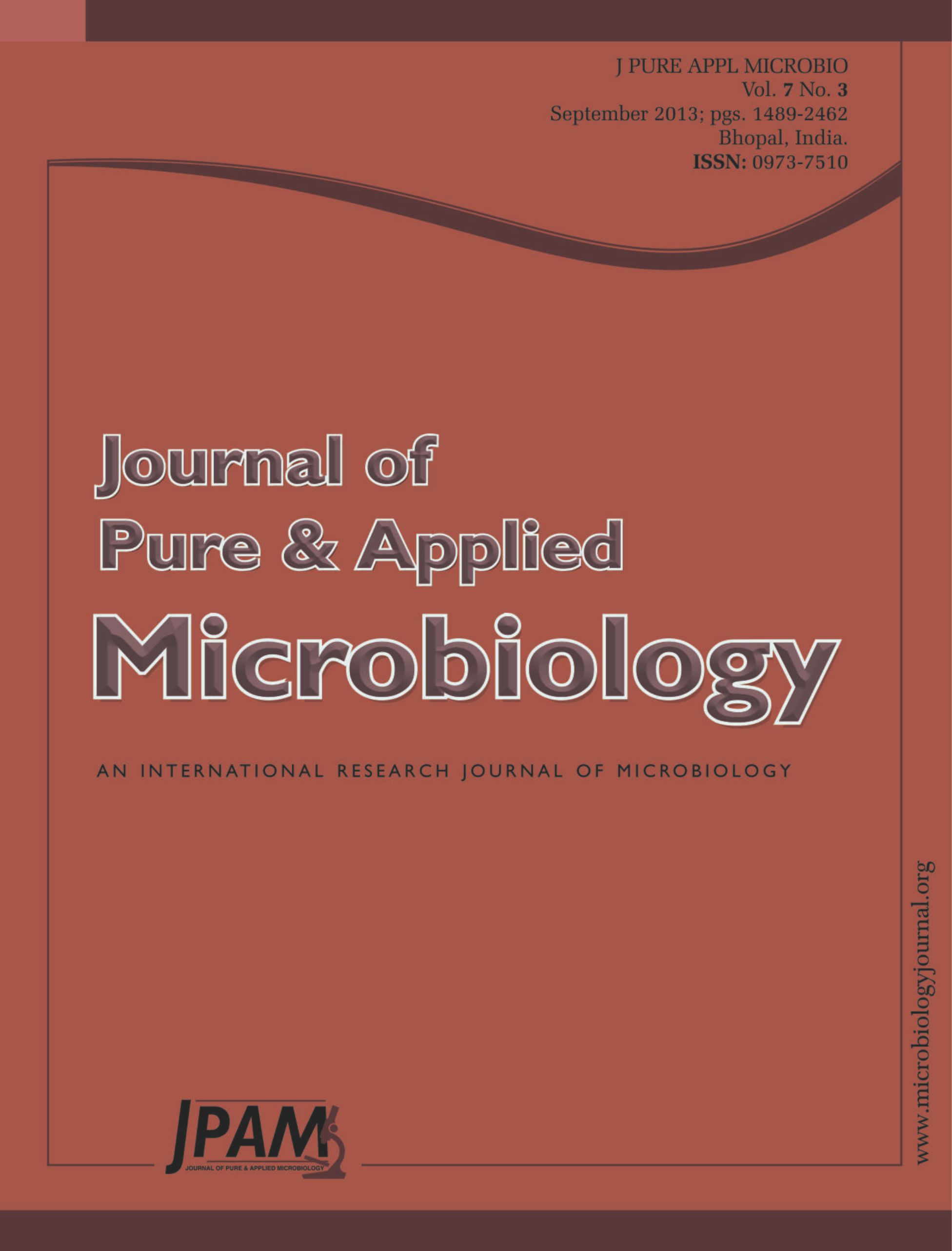In contrast to the Lactobacillus-dominated healthy genital organ, bacterial infection of female genital organwas associated with a range of negative outcome acquisitions including genital transmitted diseases, preterm births, and pelvic inflammatory. So long, laboratory diagnosis of bacterial infection of women reproductive organ depended on Gram-stained swabs and microscopic observation. In this study, We described an easy molecular method for the identification of Lactobacilli species by amplified primers : (LactoF, LactoR, LcrisF, LcrisR, LjensF, LjensR, LgassF, LgassR, LinersFLinersR ) of Lactobacilli specie specific. Sixty swab samples from healthy women and sixty from infected; ranging their ages from 20- 40 years were donated freshly by Alhabib Hosbital and Malaz Clinic, Riyadh Saudi Arabia during 2012 respectively. Microbial DNA was extracted by two methods, extraction kit and boiling. PCR mixtures were prepared. This study was aimed to identify Lactobacillus species from healthy and unhealthy women.Our results did not provide support for the findings of YAN Dong-hui et al in Chinese women and Elahe Motevaseli et al of Iranian healthy and unhealthy women that L. crispatus, L. gasseriand L. jenseniiwere only dominant spices in healthy women. In contrast to their findings, we found that L. crispatus, L. gasseri, L. iners were dominant in Saudi healthy women although their dominant numbers were significantly different, while, L. jensenii was dominant only in unhealthy women.
Lactobacilli, Pelvic inflammatory, Female genital organ, Molecular technique
© The Author(s) 2014. Open Access. This article is distributed under the terms of the Creative Commons Attribution 4.0 International License which permits unrestricted use, sharing, distribution, and reproduction in any medium, provided you give appropriate credit to the original author(s) and the source, provide a link to the Creative Commons license, and indicate if changes were made.


